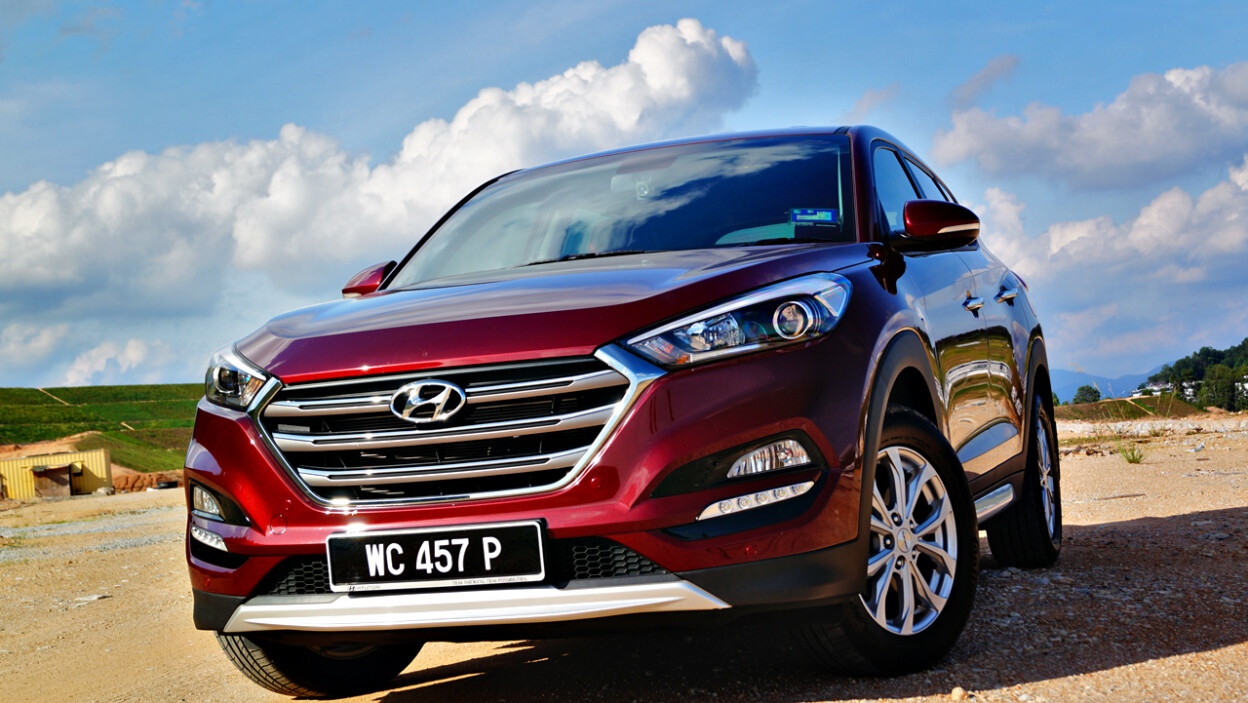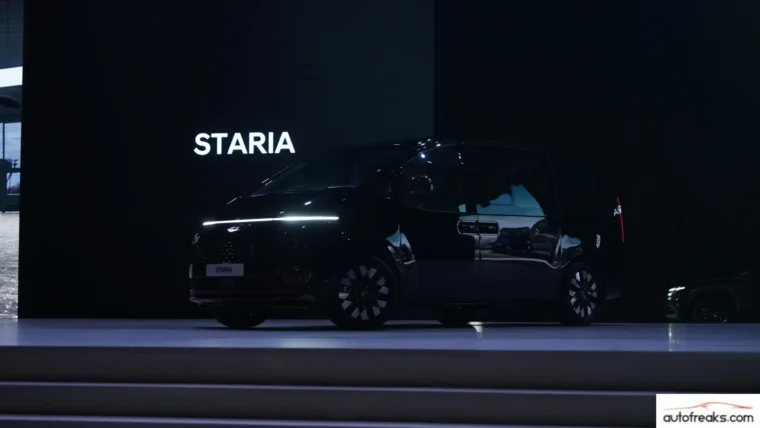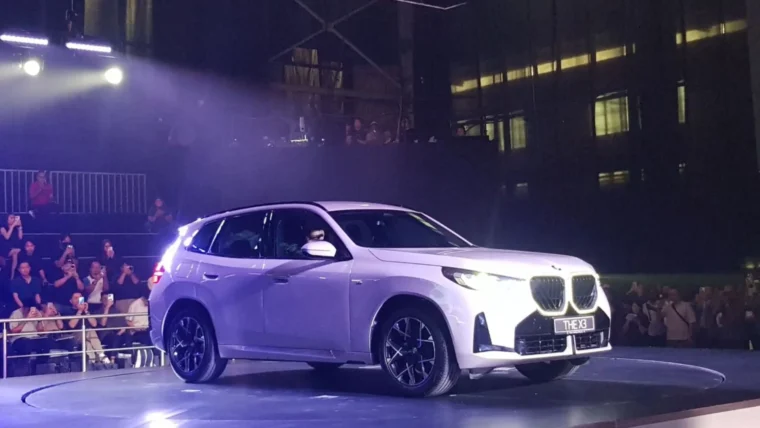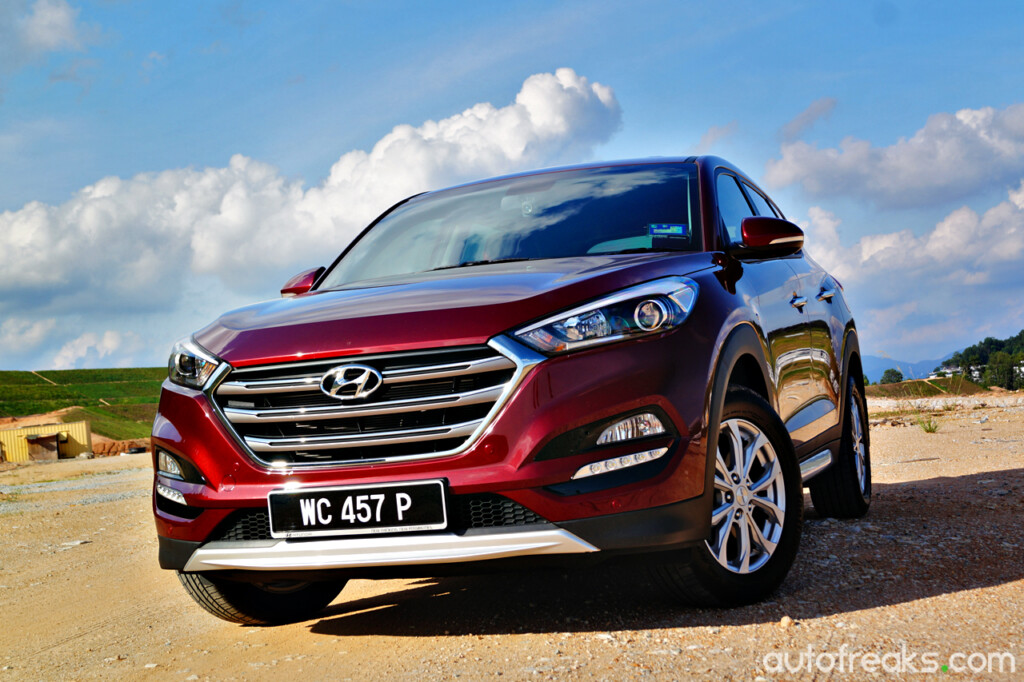
In reality, only a few SUV drivers leave the comfort of a fully-tarmacked street to take advantage of their car’s versatility. However, if you do decided to head off-road one day, it’s best to know what your car is capable of and how to use it.
Before you get too carried away, driving off into the wilds should never be a spur of the moment thing – planning ahead is essential. Below are some off-road driving tips that might come in handy:
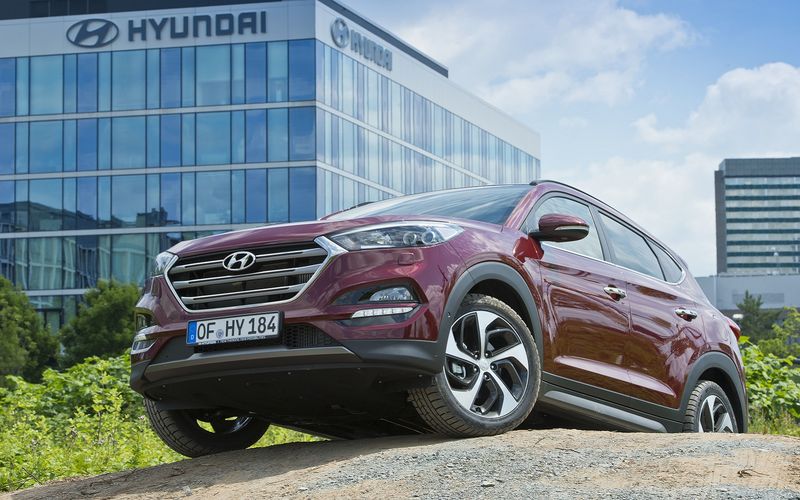
1. You should always make sure the tyres on your vehicle will hold up to the terrain you’ll be driving on, and the potential for adverse weather conditions such as heavy rain must be factored into that equation as well.
2. You should also check that your tyre pressures are all correct – if not, the vehicle’s stability may be compromised – and that any luggage and equipment within the car is secured. Any load that isn’t fastened down could slide to the downhill side of the car once on the slope, which is another event that could offset its centre of gravity and cause the vehicle to tip over.
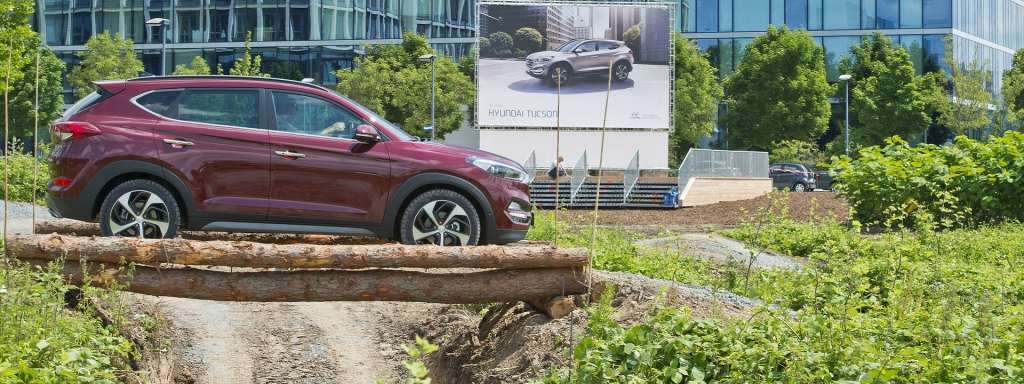
3. If the area you’re heading to is remote, it is a good idea to let someone know where you’re going – especially if you’re driving solo in case of emergencies.
4. Whether you’re a first-timer or experienced off-roader, you shouldn’t head into heavy terrain or drive in bad weather, so start small and know your car.
5. SUVs are now such a fixture of urban living that it’s easy to forget that off-road driving is in their genes. Hyundai Tucson for instance, is a compact SUV that quite literally allows drivers to go off the beaten track. Before leaving normal roads and hitting the trail, simply engage its All-Wheel Drive Lock and Downhill Brake Control and shift into first gear – once you’re on challenging terrain, you’re not going to be driving very fast at all.
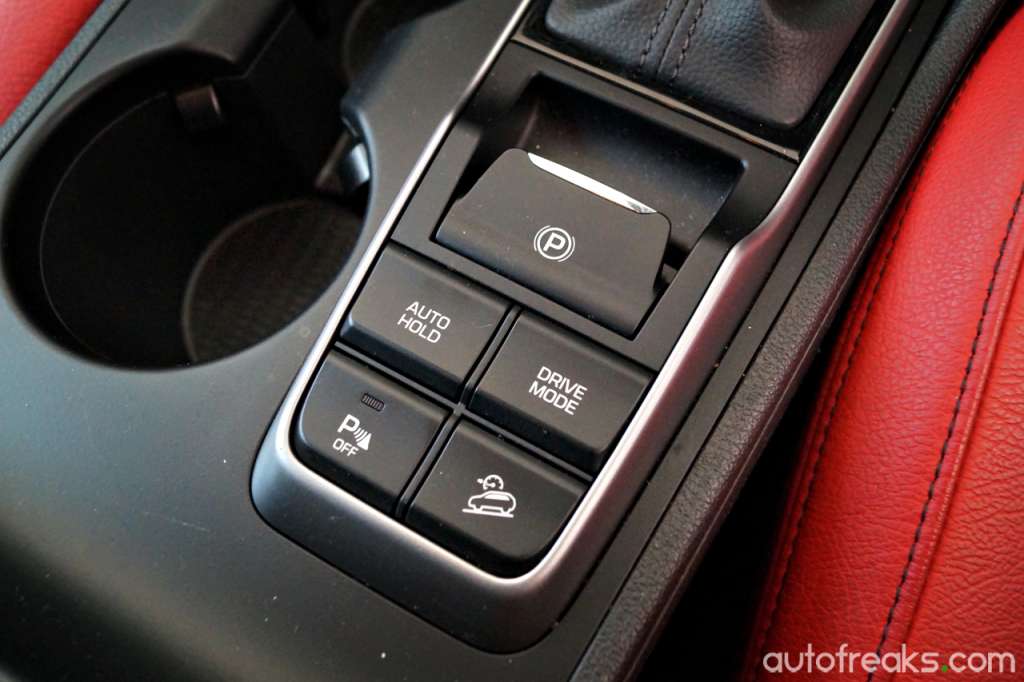
6. If at any point you can’t see what lies beyond the crest of a hill or ridge on the road ahead, stop the vehicle, get out and inspect it before proceeding. You don’t want to find yourself stuck in any hazards that could have been avoided if only you’d checked first.
7. Remember, the greater the gradient of the slope, the greater the caution you should take. This rule also applies to any sections of the road that tilt on a sideways gradient. If possible, these are definitely best avoided, but if there is no other option, proceed slowly with extreme caution. Before doing so, note the conditions at the top and bottom of the side-slope – loose material such as rocks at the top could put the car over its side-slope capability, and potholes at the bottom could do the same.
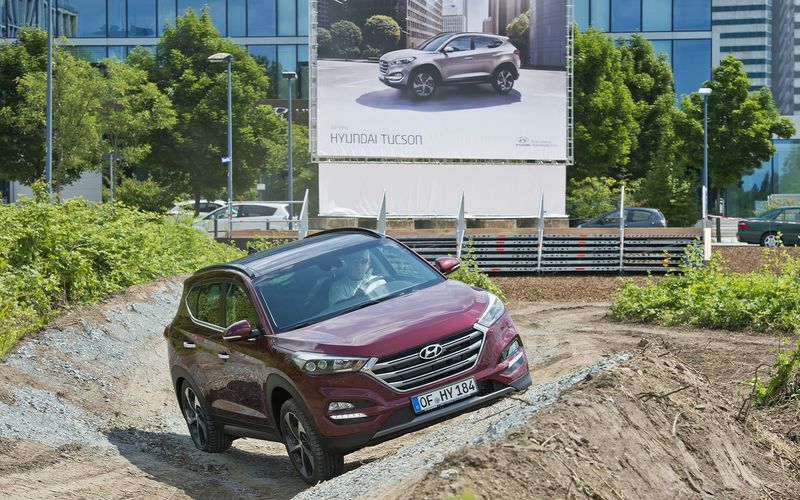
8. You should consider how your vehicle is loaded, in order to keep a low centre of gravity. So, for example, if you’ve got a fully-loaded roof-rack up top, you might want to consider unloading before going ahead, then re-loading once you’re past the slope. It’s certainly a lot less work than you’ll face trying to get your car upright again if it tips over.
9. Some SUVs like the Hyundai Tuscon comes with Downhill Brake Control that will assist you with downhill drive. Just before driving down a particularly steep section of road, bring your vehicle to a stop. Then come off the brakes completely and allow this technology to assist with the descent. Don’t worry about the initial acceleration, as the system will ensure the car slows down to under 8km/h, allowing you to concentrate solely on steering it.
10. On a similar note, the Hyundai Tucson also features Hill-Start Assist Control, which prevents the vehicle from rolling backwards if you need to starting the vehicle from a stop on a sharp incline.
Source: Hyundai
Other posts by AF Newsdesk

